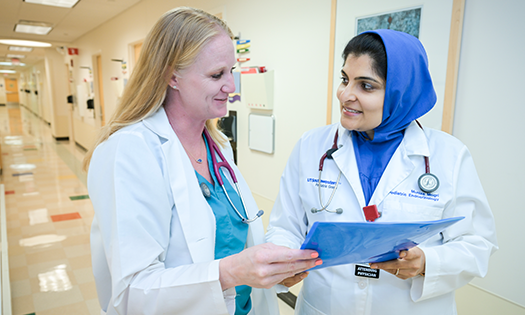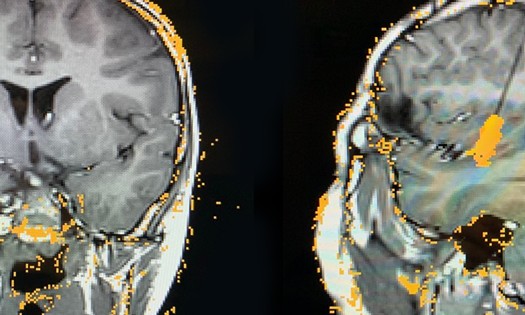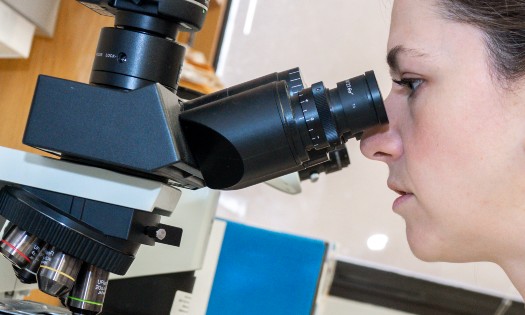The number of sudden unexpected infant deaths (SUID) dropped significantly after the American Academy of Pediatrics (AAP) launched a “Back to Sleep” campaign in the early 1990s. But death rates have plateaued since the late ‘90s. This year, approximately 3,400 babies in the United States will die unexpectedly in their sleep.
Research suggests some parents struggle to follow AAP sleep guidelines despite knowledge of the recommendations. Experts at the Pediatric Sleep Disorders Center at Children’s Medical Center Dallas, part of Children’s Health℠, are dedicated to fostering safe sleep for infants.
In this Q&A, Michelle Caraballo, M.D., Pediatric Pulmonologist and Sleep Medicine Specialist at Children’s Health, and Associate Professor of Pediatrics at UT Southwestern, explains why some parents may not follow safe sleep practices and what providers can do to motivate change.
What are the AAP’s safe sleep guidelines?
The AAP updated its Safe to Sleep® guidelines in 2022, but the ABCs of safe sleep remain unchanged. To reduce the risk of SUID (which includes sudden infant death syndrome or SIDS), infants should sleep Alone, on their Back, in a Crib.
Why aren’t some parents following the safe sleep guidelines?
An April 2024 Pediatrics study called “The Tension Between AAP Safe Sleep Guidelines and Infant Sleep” found that most of the 25 moms surveyed intended to follow the ABCs of safe sleep before giving birth. But after their babies were born, they called the AAP guidelines “unrealistic.” Many moms felt that nonrecommended sleep locations and positions were more effective in helping their babies sleep.
This isn’t surprising. Exhausted parents often seek any means to get their babies to sleep. The key takeaway from the study is that teaching parents about safe sleep practices isn’t enough. We need to understand why they may not follow the AAP recommendations despite the known dangers so we can improve compliance and reduce preventable infant deaths.
How can providers get parents to follow safe sleep guidelines?
As a pediatric sleep specialist, here are some things providers can do to influence parental behaviors and lower SUID risk:
Step 1: Talk to parents early
New parents often meet with a few pediatricians before choosing a doctor, even before their baby is born. This consultation is a perfect opportunity to learn about their baby’s future sleep arrangements. You can ask open ended questions as a way to start the conversation. Make sure parents are aware of all the ways they can reduce SUID. Ideally, these conversations should also happen between an obstetrician and the expectant parents.
Providers should continue asking questions about sleep arrangements after the baby arrives. In addition to asking how much sleep an infant gets, ask where the baby sleeps, what position they are placed in for sleep and what else is in their sleep environment.
Step 2: Identify and educate all caregivers
Let parents know they should communicate the importance of safe sleep practices to anyone who might take care of their baby, including daycare providers, grandparents and babysitters.
If parents face challenges with other caregivers following safe sleep guidelines, encourage them to emphasize that these are the most current guidelines, regardless of what may have been practiced in the past.
Step 3: Use active listening and shared decision making to facilitate change
Parents are more likely to speak candidly about their baby’s sleep practices when they view you as an ally. This means listening in a supportive, nonjudgmental way when parents share why they don’t follow the guidelines. It means guiding parents toward the right decision (or as close to right as possible) by taking a “do this” approach over “don’t do this.”
For instance, if it is clear that a parent plans to co-sleep despite knowing the risks, suggest steps to reduce the risk of SUID in this nonrecommended sleep arrangement. These suggestions may include having only one adult in the bed, not pushing the bed against a wall where the baby could get trapped, and clearing away blankets and pillows. Additionally, parents should be advised that it’s never okay to co-sleep under the influence of alcohol or drugs.
It can be difficult to convince a sleep-deprived parent to follow the ABCs of safe sleep. Having a pediatric sleep medicine specialist listen to and address their concerns may help. As providers, we all share the same goal: Keeping babies rested, safe and healthy.
Why Children’s Health Pediatric Sleep Disorders Center
The Children’s Health Sleep Disorders Center is the largest, most experienced program in North Texas. Our American Academy of Sleep Medicine accreditation reflects our high standards of care and ability to manage common to complex sleep disorders in children of all ages. As a regional leader in pediatric sleep disorders, we help children and their families get the quality sleep they need.



